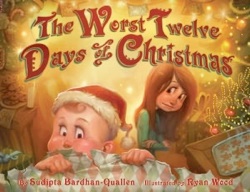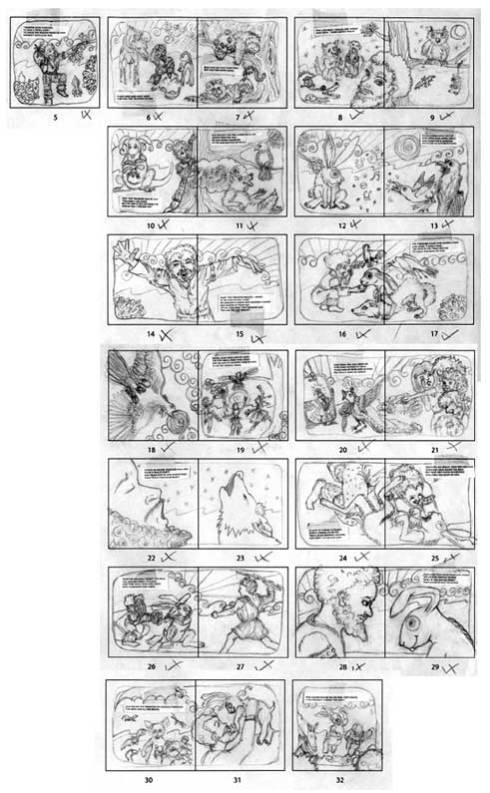You are currently browsing the category archive for the ‘PiBoIdMo 2012’ category.
Yes, can you believe it, there are more prizes to give away!
I began the New Year with a nasty cold and I am finally on the mend…and you finally get the remaining wham-bam assortment of kidlit goodies.
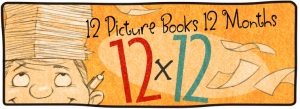
The winner of Julie Hedlund’s Little GOLDen Book 12×12 in 2013 membership is:
CHRISTY PETERSON!
.

The winner of a picture book critique by Shari Greenspan, editor at Flashlight Press (arranged by Donna W. Earnhardt) is:
ASHLEY BANKHEAD!
.
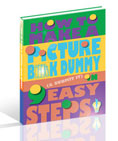
The winner of Wendy Martin’s ebook HOW TO MAKE A PB DUMMY IN 9 EASY STEPS is:
JENNIFER HAWES!
.
If you didn’t win a prize this year, why not treat yourself to a prize? Remember the PiBoIdMo Cafe Press shop is open, with all proceeds benefitting RIF. We’ve got mugs, t-shirts, even pajamas! (And did you know, PJs are the kidlit uniform? I couldn’t write without them!)
I know you’ve been patiently waiting! Santa’s Elves have been frantically stuffing his sleigh, so they didn’t have time to help me out with my gifts! If Santa only knew YOU had a list—a list of 30 NICE ideas—then maybe he would have lent me an elf or two. I’d even take Buddy.
If you’re one of the winners below, be on the lookout for an email from me. Check those spam folders, too! If you don’t see an email by Saturday, please email me (see email icon in left column) and I will resend.
And the drumroll please…

The winner of Kate Dopirak’s picture book critique is:
JANET SMART!
.

The winner of Emma Ledbetter’s picture book critique is:
LISA OLSON!
.
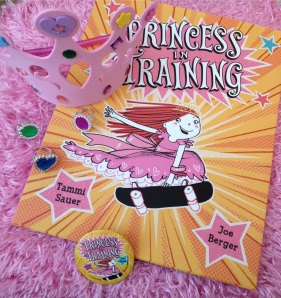
The winner of Tammi Sauer’s PRINCESS IN TRAINING Prize Pack is:
LORI ALEXANDER!
.
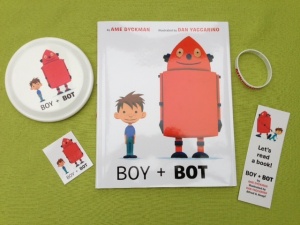
The winner of Ame Dyckman’s BOY + BOT signed book and SWAG is:
SUE PODUSKA!
.
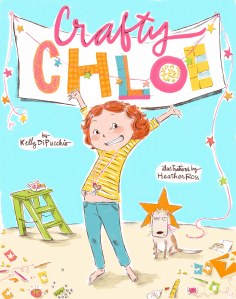
The winner of Kelly DiPucchio’s signed CRAFTY CHLOE is:
CAROL MUNRO!
.
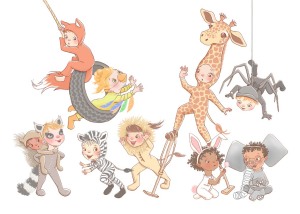
The winner of Kayla Skogh’s signed print is:
THIS KID ERIK!
.
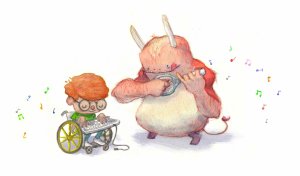
The winner of Peter Harren’s signed print is:
YONA WISEMAN!
.

The winner of Corey Rosen Schwartz’s rhyming picture book critique is:
MARY LIVINGSTON!
.
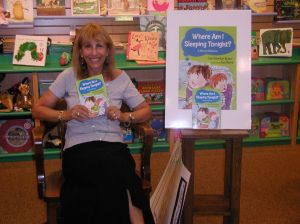
The winner of Carol Gordon Ekster’s picture book critique is:
GARY MASSKIN!
.
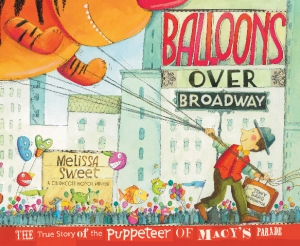
The winner of Melissa Sweet’s Prize Pack is:
DEBRA SHUMAKER!
.
Congratulations to all the winners!
I have to search the bottom of my stockings when I return from vacation—I might have a few more goodies to give away! I know, PiBoIdMo never ends!
Well, there sure are a ton of prizes to give out. My arms are dog-tired from holding all this stuff, so let’s begin the giveaways!
All winners will be contacted me via email for your postal address, so please scour your inbox for my message. If you don’t see a message by Wednesday, please let me know and I will resend.
Congratulations to all the winners! And remember, there’s more prizes to come…so stay tuned, picture book fans! Same book time, same book blog.
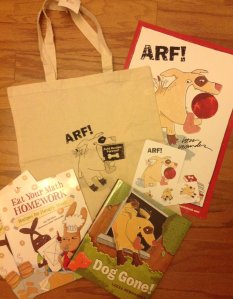
The winner of Leeza Hernandez’s DOG GONE! Prize Pack is:
TIM MCCANNA!
.
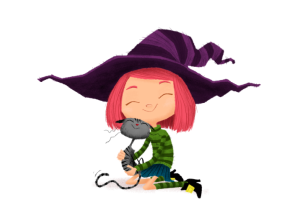
The winner of James Burks’ digital witch print is:
DEBRA FELDMAN!
.
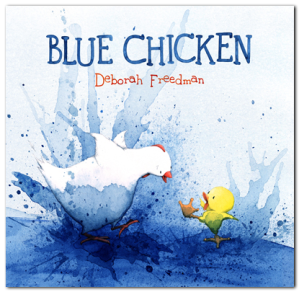
The winner of Deborah Freedman’s signed BLUE CHICKEN is:
JULIET CLARE BELL!
.
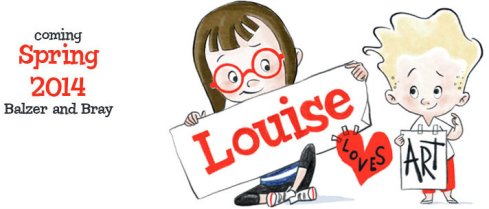
The winner of Kelly Light’s “Louise” sketch is:
SALLY PHILLIPS!
.

The winner of Carter Higgins’ picture book critique is:
LYNDA COWLES!
.
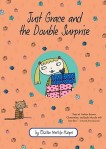
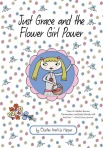
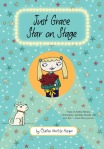
The winners of Charise Mericle Harper’s signed JUST GRACE books are:
CAT JONES, ASHLEY BOHMER & LYNN ANNE CAROL!
.
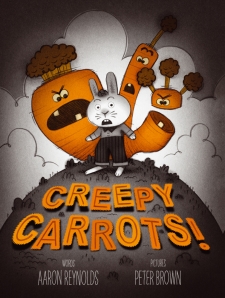
The winner of Aaron Reynolds’ signed CREEPY CARROTS is:
LAURA THIEMAN!
.
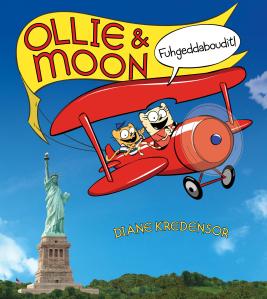
The winner of Diane Kredensor’s OLLIE & MOON signed book is:
MARIA GIANFERRARI!
.
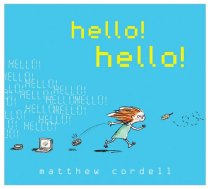
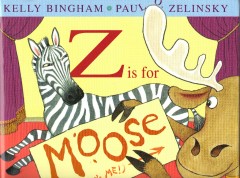
The winners of Mr. Schu’s book giveaways are:
ANISSA JONES & JANE JEFFRIES!
.
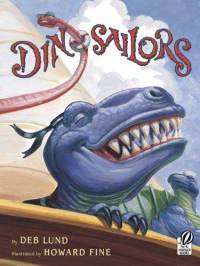
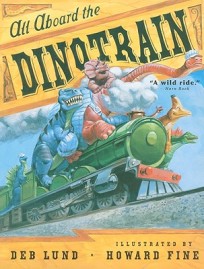
The winners of Deb Lund’s signed books are:
QUINN COLE & DIANA DELOSH!
.
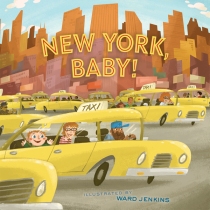
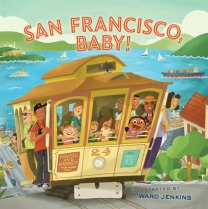
The winners of Ward Jenkins’ signed books are:
WESTLEY YOUNG & CINDY CORNWALL!
.
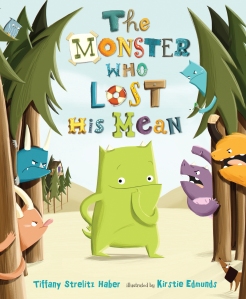
The winner of Tiffany Strelitz Haber’s signed THE MONSTER WHO LOST HIS MEAN is:
GENEVIEVE PETRILLO!
.
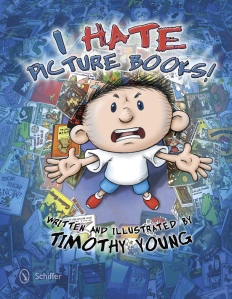
The winner of Timothy Young’s signed book of choice and pencil sketch is:
LAURA HAMOR!
The winner of Debbie Ohi’s cartoon caption contest is Catherine Bailey! (Hey, ’tis the season for Baileys, right?! Like George Bailey and Bailey’s Irish Cream…)
But be sure you’re not drinking Bailey’s while reading her winning entry—it’s spittake-worthy!
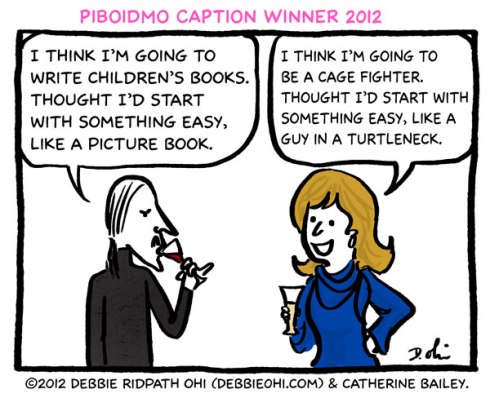
Catherine wins a signed copy of I’M BORED with an original doodle inside.
And the winner of the random prize—an original Debbie doodle—is Julie Rowan-Zoch! Be on the lookout for an email from Debbie.
Congratulations, ladies!
Now there’s tons more prizes to go, but I had a busy weekend. So stay tuned for more prize announcements coming tomorrow!
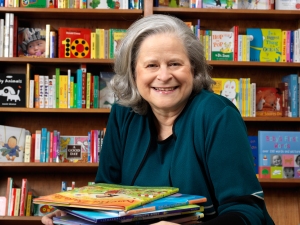 Earlier this week The New York Times published an article discussing how young Latino students are not seeing themselves in books frequently enough, and the obstacle many educators feel that omission puts in the path for enjoyment as well as for learning from books for these young children. The Cooperative Children’s Book Center at the University of Wisconsin-Madison of Education, which compiles statistics about the race of authors and characters in children’s books published each year, notes that in 2011 only 3 percent of the 3400 books reviewed were written by or about Latinos; this proportion is unchanged over the last decade. And yet, Hispanic students are one quarter of the nation’s public school enrollment.
Earlier this week The New York Times published an article discussing how young Latino students are not seeing themselves in books frequently enough, and the obstacle many educators feel that omission puts in the path for enjoyment as well as for learning from books for these young children. The Cooperative Children’s Book Center at the University of Wisconsin-Madison of Education, which compiles statistics about the race of authors and characters in children’s books published each year, notes that in 2011 only 3 percent of the 3400 books reviewed were written by or about Latinos; this proportion is unchanged over the last decade. And yet, Hispanic students are one quarter of the nation’s public school enrollment.
Several years ago Reading Is Fundamental (RIF) initiated our Multicultural Literacy Campaign, borne from our concern with the NAEP figures we were studying from years past and the distance with which African-American, HIspanic and American Indian children continued to perform behind their Asian and Caucasian peers. Our campaign is a multi-year effort designed in part to provide children the opportunity to explore and learn about their own culture and the culture of others, the “mirrors and windows with sliding glass doors” concept as articulated by Dr. Rudine Sims Bishop. One component of our effort is a yearly compilation of multicultural book sets through the generous sponsorship of Macy’s; these sets are distributed to more than 500 sites annually with the book lists and activities posted online for all to use.
RIF held the launch for the 2012 collection at the Library of Congress Young Readers’ Center with a panel made up of authors and illustrators whose books are featured in that “CELEBRATIONS” collection; the panel was chaired by Dr. Violet Harris, a literacy expert and chair of RIF’s Literature Advisory Board.
In her presentation, Dr. Harris set the context for the audience regarding the need for multicultural literature for all children, literature representing as many cultures as possible by discussing the work of Dr. Nancy Larrick, the second president (56-57) of the International Reading Association. Larrick is said to have noted the impetus for her oft-quoted study in the early 1960′s was when a five year old black girl asked her why all the children were white in the books she read. Her question came more than 20 years after Charlemae Rollins and others had begun a campaign for more positive examples of blacks and black culture in books for children. The lack of progress as well as that little girl’s sincere question compelled Dr. Larrick to investigate and produce the article “The All White World of Children’s Books” published in The Saturday Review of Books in 1965.
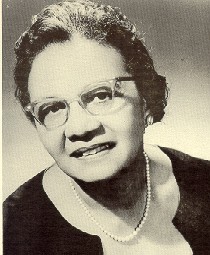 Rollins had published her groundbreaking We Build Together in 1948; this is a publication which “highlighted criteria for choosing books that portrayed Blacks realistically and built democratic attitudes among all people.” Rollins noted in her publication:
Rollins had published her groundbreaking We Build Together in 1948; this is a publication which “highlighted criteria for choosing books that portrayed Blacks realistically and built democratic attitudes among all people.” Rollins noted in her publication:
For many years books about Negro children followed a stereotyped pattern. The characters portrayed were the barefoot menial, or the red-lipped clown. Rarely did the Negro character in a story where there were other children ever take part in the story as equals. Illustrators, it seemed, could not resist presenting the quaint ‘pickaninny type’.
With regret we note today the change in children’s literature has not kept pace as many of us would have hoped. Similar statements can be made and are indeed written about the lack of inclusion of other cultures in children’s literature.
As Dr. Harris further noted ”…I want to emphasize…, it is a fight that goes on constantly. Each generation or even every couple of years it is two steps forward, one step back.” And further food for thought from Dr. Harris was her question to us: How can we say to the rest of the world that you need to model yourselves after us, our educational systems, our political systems, our economic systems and so forth, when we disenfranchise a significant portion of our citizenry?
You have finished a month of hard work producing ideas for picture books. As you move further into and with each idea, I challenge you to give very serious attention to the issue of children seeing themselves as well as having a window on the world. The book does not always need to be “about” diversity…perhaps it will be like HOW MANY SEEDS IN A PUMPKIN? by Margaret McNamara and illustrated by G. Brian Karas. The classroom shown through the illustrations is diverse, and I have actually heard children mention that diversity they can see in the book. The experience of seeing the diversity present in a book was new to them, but a common everyday experience in the school each attends.
We as a nation have much to do to prepare each child as fully as possible to read well. One element and one relevant to your work is to show we indeed as a nation value each child and celebrate each child; and part of that visible celebration must be that each child sees and reads about children “just like me.”
Book People Unite!
P. S. How can I post on this blog without giving a roaring round of applause to Tara for her sponsorship of PiBoIdMo as well as personally say ‘Thank You” to her and to all who have purchased from the PiBoIdMo store where the proceeds come to RIF. We are deeply appreciative!
.
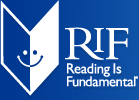 Carol H. Rasco is President and CEO of RIF. She joined RIF in 2001. Throughout her life, Carol has been a devoted advocate for children, youth, and families, as a professional and as a volunteer.
Carol H. Rasco is President and CEO of RIF. She joined RIF in 2001. Throughout her life, Carol has been a devoted advocate for children, youth, and families, as a professional and as a volunteer.
Prior to this position, Carol was the executive director for government relations at the College Board. From 1997 through 2000, Carol served as the senior adviser to U.S. Secretary of Education Richard W. Riley, and as director of the America Reads Challenge, a four-year national campaign to promote the importance of all children reading well and independently by the end of the 3rd grade. Previously, Carol worked for four years in the White House as domestic policy adviser to the president and directed the Domestic Policy Council.
Originally from Arkansas, Carol worked as the chief policy adviser in the Arkansas governor’s office for 10 years and also served as the liaison to the National Governors Association. Additionally, Carol has extensive experience as a volunteer for arts organizations and disability advocacy groups. Carol received her bachelor’s degree from the University of Arkansas and earned a master’s degree from the University of Central Arkansas. She has taught in the public school system and worked as a middle school counselor.
Carol serves on the Board of Trustees of Columbia College in Columbia, South Carolina. She is the mother of Hamp and Mary-Margaret, and the proud grandmother of William and Charlie Marks.
Congratulations to the 444 PiBoIdMo participants who completed the 30-ideas-in-30-days challenge! (That’s about 59.2% of you!) You’ve soldiered through a month stuffed with superstorms, turkeys and Black Friday to emerge triumphant!
So the moment has arrived—the GRAND PRIZE WINNER announcement. Four lucky winners will be paired with a kidlit agent who will review your FIVE best picture book ideas. You are encouraged to write your five best ideas up like jacket copy or a marketing pitch, a short paragraph for each story. You will have until December 10th to do so, so get right on this!
You will receive an email from me with further instructions. If you do not receive this email by midnight tonight, please contact me and I will resend.
So without further ado…
.
Congratulations, CAROL BREEDLOVE!
You’ve been paired with Ammi-Joan Paquette of Erin Murphy Literary Agency.
.
Hooray for LISA SCHNELL!
You’ve been paired with Teresa Kietlinski Dikun of Prospect Agency.
.
Squee, SUE FRYE!
You’ve been paired with Susan Hawk of The Bent Agency.
.
Confetti and donuts, KATHY CORNELL BERMAN!
You’ve been paired with Marietta B. Zacker of Nancy Gallt Literary Agency.
.
If you didn’t win one of the grand prizes, don’t worry! There are more winners to be announced on December 9th and 10th, including all of the prizes announced during the daily guest posts. They include signed books, original art, and picture book critiques.
And remember, everyone’s a winner because you have at least 30 ideas—some of which will no doubt become manuscripts. Those manuscripts WILL land some of you agents and yet others publishing deals. So get ready for a fantastic year ahead! I am sure that 2013 will bring us more PiBoIdMo success stories than ever!
Once again, THANK YOU for participating. I couldn’t do this without the enthusiasm of the kidlit community. The camaraderie of this group continues on Facebook, so if you never joined our community there, do so today. We’ll continue to chat about ideas and picture book writing through to PiBoIdMo 2013!
Plus, we still have a couple more days of Post-PiBoIdMo…
 When I was a child, I had a reoccurring nightmare. I was on a field trip with my third grade class in a large grassy area with a huge tree in the middle. All the kids were following the teacher across the field and under the shade of the tree. I wasn’t a very popular child, and I was in the tail end of the line.
When I was a child, I had a reoccurring nightmare. I was on a field trip with my third grade class in a large grassy area with a huge tree in the middle. All the kids were following the teacher across the field and under the shade of the tree. I wasn’t a very popular child, and I was in the tail end of the line.
As I passed under the shadow of the tree, I noticed a large hole in its roots. At that moment a fierce bunny sprang out of the hole and grabbed me, pulling me down into the hole with it. I tried to call out but to my dismay my voice had gone silent.
Needless to say I woke up in tears and a cold sweat.
I still have dreams where I’ve lost my voice. Words fail me.
What a terrible place for a storyteller to find herself.
I’ve never considered myself a writer or a wordsmith. I do love words though. Their history, the way they sound, how when strung together in an organized fashion they can open up the universe to those who read them. So when I approach a picture book, I see pictures first. I write down what I see. Then comes the hard part of making the words sing. Because that’s what words in a picture book need to do.
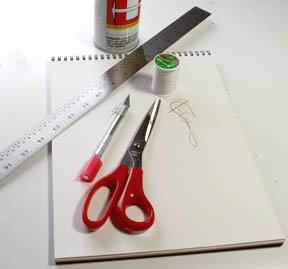 You’ve stuck it through November and have a list of 30 ideas. If you have lists like mine, most of the ideas are stinkers. I’ve been doing PiBoIdMo for more than a few years now, and I do see recurrent themes on my lists. Maybe you also have repetitive ideas on your list. No matter. We’re storytellers. Take those ideas and get visual!
You’ve stuck it through November and have a list of 30 ideas. If you have lists like mine, most of the ideas are stinkers. I’ve been doing PiBoIdMo for more than a few years now, and I do see recurrent themes on my lists. Maybe you also have repetitive ideas on your list. No matter. We’re storytellers. Take those ideas and get visual!
As an artist, I work on picture and text together, creating a dummy. Even if you aren’t a professional illustrator, you can use the framework of the dummy to really make your story shine. And your words sing.
For several years at #kidlitart, with my co-host Bonnie Adamson, we held the Picture Book Dummy Challenge. A lot of the people participating came directly from Tara’s PiBoIdMo. (#Kidlitart chat is on hiatus until Bonnie and I have more time to devote to it again. We’re both busy making lots of dummies!)
A picture book is a partnership of words and images. As word counts drop, the illustrations have to carry more of the story, and things like page turn in the text have to be concise.
This is where a dummy becomes a most excellent tool.
A dummy will tell you if:
- Your story is strong enough to carry through a 32-page book.
Since word counts have been dropping over the last decade to close to 500 and sometimes even less, it is hard to tell if you have a book on your hands (as opposed to a magazine story.) When a manuscript is laid out in a dummy you have visual clues to show you where your story needs more action, drama or dialogue.
- There are enough action scenes for 15-20 images.
An illustrator’s job is to take your manuscript and enhance the story you have written. If you only have a few scenes, this will be downright challenging. Think about your favorite picture books. Does the character move through time and space from the beginning of the book to the end? Or does the character stay in the same place for the length of the story? When a manuscript is laid out in a dummy you have visual clues to show you scene changes. There need to be scene changes.
- The page turns (or the breaks between action) are interesting enough to keep the reader moving to the next page.
In novels there are chapters. Usually the end of the chapter is written in such a way that you want to keep reading. There could be a cliffhanger or some sense of tension in that chapter end. Whatever it is, you feel compelled to get to the next chapter and find out what happens. You care what happens. You can’t wait to find out what happens. When a manuscript is laid in a dummy you get visual clues on your “chapter endings” to show if your page turns will propel the story forward.
- There is too much visual description in your text.
Five hundred words is not a lot to tell a story with a beginning, middle and end; to include a story arc and achieve character growth. The last thing you want to do is talk about red hair and green eyes, or blue sky and orange sunlight. Leave that to the illustrator. Save your words for things that can’t be seen. When a manuscript is laid out in dummy you get visual clues on your descriptions. Are you using precious word count to describe something seen?
All my books start as tiny scribbles. Even if you’re not an artist, you can scribble your ideas down, can’t you?
Here is the thumbnail layout for one of my books, RABBIT’S SONG by S.J. Tucker.
I also refer you to Tara’s post on picture book dummies (which Tara says is the most popular page on her site, so you know it’s an important tool!).
Once you have your scribbles down, you can make a little booklet. It never ceases to amaze me what a difference having a physical dummy makes in visualizing where your manuscript needs some attention.
 I’ll be giving a way a copy of my e-book “How to Make a Picture Book Dummy in 9 Easy Steps” to one lucky commenter. So let me know how you plan to take your 30 ideas and make them into amazing stories! A winner will be selected in one week. Good luck!
I’ll be giving a way a copy of my e-book “How to Make a Picture Book Dummy in 9 Easy Steps” to one lucky commenter. So let me know how you plan to take your 30 ideas and make them into amazing stories! A winner will be selected in one week. Good luck!
.
A transplanted New Yorker now living in Missouri, Wendy Martin has been working as an illustrator for 25+ years. She earned a degree in Fashion Design from the Fashion Institute of Technology, then continued her art education at the School of Visual Arts with a B.F.A. in Graphic Design. After her move to Missouri in 2000, she turned her focus to her true love, children’s books. AN ORDINARY GIRL, A MAGICAL CHILD, a children’s book she both wrote and illustrated, was released in 2005. The book was picked up by a new house, edited and re-released in 2008, then went on to become a finalist in the 2009 international COVR awards. Four additional picture books and a coloring book quickly followed. Visit her on the web at WendyMartinIllustration.com.
 There’s a little stinker that sneaks into my life sometimes and hangs out in the corner of my mind, stealing my creativity.
There’s a little stinker that sneaks into my life sometimes and hangs out in the corner of my mind, stealing my creativity.
And now that PiBoIdMo has provided amazing inspiration for finding fresh ideas and coaxing them into stories, I feel him lurking there again, trying to distract me from taking the next step.
He’s a clever thief and shape-shifter, and sometimes his name even changes.
On any given day, his name could be …errands, laundry, dishes, email, internet, TV, kid-activity-shuttle, homework monitor, gift buyer, holiday decorating, volunteering, car repair, home repair, toddlers, dinner, dog walking, Twitter, Facebook, Pinterest…
But the name that most people know him by is:

And if Procrastination is constantly lurking in the corners of your creative place too, I hope to help you block him out!
I think of Procrastination as my time thief. He poses as life’s daily minutia, unexpected interruptions and distractions, and the multitude of excuses that feel like they are “Must-Dos-Right-Now.” He will keep you from continuing on your story journey… if you let him.
The trick is…not to let him. But how? How do you fit consistent writing time into your daily life?
I’d like to pass along a few tips to keep your creative mojo fresh, and hopefully, Procrastination-free.
1. Attitude and Expectations
I once heard a wonderful author compare life’s interruptions to a game of “Whac-A-Mole.”
Great description! And as I thought about it, I discovered that I was waiting for a time in my life when those moles would keep to their hidey-holes, and provide me with some free time to write. But as Dr. Seuss says, The Waiting Place is “a most useless place.”
Once I tweaked my expectations and attitude about life’s craziness, I stopped making its ups and downs my excuse not to write. Decide to make time to write. You’ll be amazed at the joy it brings and how your stories start coming together in ways you never imagined.
2. Track Where Your Time Goes
This is an interesting experiment: For 2-3 days, keep a log of what you do. Jot it down every hour. Then examine where most of your time is going. Is it going towards something worthwhile? Is it something that you value or will be glad you did a year from now? Are there moments when you could let go of a little web surfing, Facebooking, volunteering, etc. to schedule some time to grow your stories?
3. Goals and Rewards
Writing a complete story can seem overwhelming, which is sure to make Procrastination come calling. Break it down by listing small goals to work towards each day.
- Today I’ll write about or draw possible characters. I’ll ask them questions.
- Tomorrow I’ll write or draw potential actions and obstacles.
- The next day I’ll play with fun word combinations, etc.
Once your daily writing goal is finished, your sense of accomplishment will be a real motivator! But you might consider a reward as well – your favorite recorded show, some Facebook time, chocolate, coffee…
I like to make a pact with myself that I cannot have my “reward” UNTIL I have finished my daily goal. For example, I am not going to eat that delicious snack-sized Snickers bar until I finish working on the next two stanzas of my rhyming picture book. I know it may sound a bit crazy or like I have “parenting issues” with myself. But it really does work for me. Try it – it might work for you too.
4. Schedule Writing Time
Take yourself seriously. You are a writer/ illustrator. Ask your family for the time and space you need to pursue your stories.
Then SCHEDULE time for your writing. Put it on the calendar and honor it like you would a doctor’s appointment. Turn off the email, internet, TV, and phone if possible.
Before my children were in school, I hired a babysitter once a week for a block of time, and went to Panera to write. It was a delicious, productive time—and my first book, THE GINGERBREAD MAN LOOSE IN THE SCHOOL, was written there. Panera holds a special place in my heart, as it was also the place where I received the email from GP Putnam’s Sons expressing interest in my story. Woo-Hoo!
But Panera also brings me to the 5th tip:
5. Go Somewhere Else to Write
If I am not making progress on my stories, it is usually a sign that I need to get away from all the little things that Procrastination tempts me to do. He rarely follows me into that corner booth of a coffee house, if all I bring with me are my ideas, a notebook, and my favorite writing pen.
I’ll leave you with a quote from From the Mixed up Files of Mrs. Basil E. Frankweiler by E.L. Konigsburg:
“Ideas drift like clouds in an undecided breeze,
taking first this direction and then that.”
Help your lovely, drifting ideas tell you which direction they’re going, by giving them the time they deserve (and not letting that sneaky thief whisk it away.
And speaking of thievery, I couldn’t help but “borrow” this cartoon from Facebook for my office cork board. It makes me laugh each time I look at it, but it’s also a good reminder.
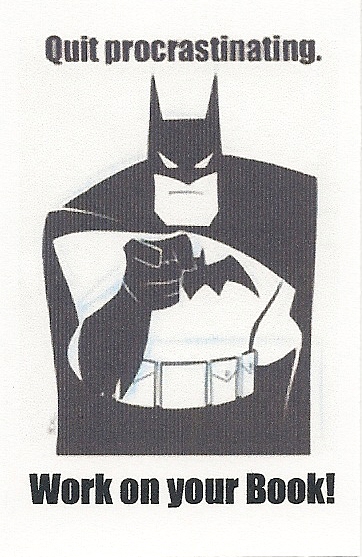
.
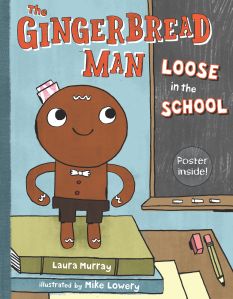 Laura Murray is a children’s author, former teacher, and mom of three mischief makers. Her rhyming picture book, THE GINGERBREAD MAN LOOSE IN THE SCHOOL (GP Putnam’s Sons, July 2011), received a starred ALA Booklist review, was chosen as Washington State, Florida, and Kentucky Children’s Choice Book Award Nominee, and has inspired a forthcoming sequel entitled THE GINGERBREAD MAN LOOSE ON THE FIRE TRUCK! (GP Putnam’s Sons, July 2013). She loves writing picture books with funny, mischievous characters, and middle grade adventure/mysteries. Please visit her online for printables and teacher’s guides at LauraMurrayBooks.com.
Laura Murray is a children’s author, former teacher, and mom of three mischief makers. Her rhyming picture book, THE GINGERBREAD MAN LOOSE IN THE SCHOOL (GP Putnam’s Sons, July 2011), received a starred ALA Booklist review, was chosen as Washington State, Florida, and Kentucky Children’s Choice Book Award Nominee, and has inspired a forthcoming sequel entitled THE GINGERBREAD MAN LOOSE ON THE FIRE TRUCK! (GP Putnam’s Sons, July 2013). She loves writing picture books with funny, mischievous characters, and middle grade adventure/mysteries. Please visit her online for printables and teacher’s guides at LauraMurrayBooks.com.
Check out the new Video Book Trailer of THE GINGERBREAD MAN LOOSE IN THE SCHOOL, made by the fabulous PiBoIdMo-er, Carter Higgins.
Laura got the opportunity to meet Mike Lowery, the book’s awesome illustrator, and have him sign a few copies of THE GINGERBREAD MAN LOOSE IN THE SCHOOL after its release. Please leave a comment to win a first edition (includes a poster) signed by both the author and the illustrator, as well as some fun Gingerbread Man SWAG! A winner will be selected in one week. Good luck!
Five…four…three…two…one…
Happy New Month!
And you know what that means, right? November’s over. (Already? Geesh, where did the month go? Oh yeah, I did spend some time in a blackout.)
So, do you have 30 new picture book ideas?
You do? Well, you beat me to it. That’s one of my well-kept PiBo secrets—I’ve yet to complete the challenge myself! (Did I mention a blackout?)
But YOU—I KNOW you did it!
You can qualify for one of our AMAZING prizes just by taking the following pledge:
I do solemnly swear that I have faithfully executed
the PiBoIdMo 30-ideas-in-30-days challenge,
and will, to the best of my ability,
parlay my ideas into picture book manuscripts.
Now I’m not saying all 30 ideas have to be good. Some may just be titles, some may be character quirks. Some may be problems and some may create problems when you sit down to write. Some may be high-concept and some barely a concept. But…they’re yours, all yours! Give them a big, fat, juicy smacker! SMOOCH!
You have until December 5th at 11:59:59PM EST to sign the pledge by leaving a comment on this post.
Remember, this is an honor system pledge.You don’t have to send in your ideas to prove you’ve got 30 of them. If you say so, I’ll believe you! Honestly, it’s that simple. (Wouldn’t it be nice if real life were that straightforward.)
If your name appears on both the registration post AND this winner’s pledge, you’ll be entered into the grand prize drawing: feedback on your best 5 ideas from a literary agent. There are four grand prizes! Thanks to Ammi-Joan Paquette of Erin Murphy Literary Agency, Teresa Kietlinki Dikun of Prospect Agency, Marietta B. Zacker of Nancy Gallt Literary Agency and Susan Hawk of The Bent Agency for volunteering their time and talent to PiBoIdMo.
Other prizes include picture books, manuscript critiques, original art, jewelry, plus all the stuff you saw during the month. All winners will be randomly selected by Random.org and announced on December 9th.
And guess what, PiBoIdMo doesn’t end here! From now until December 8th, stop in for daily posts about how to organize and flesh out your ideas. We’ll even teach you how to make a picture book dummy!
Plus—you can claim your first prize now: a winner badge for your website, blog or social media site, designed by Ward Jenkins. You can make it larger or smaller to fit anywhere. And if you want it on a mug, don’t forget to stop by the PiBoIdMo shop where every purchase benefits Reading is Fundamental (RIF).
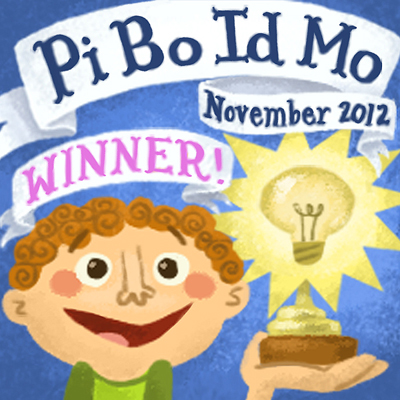
So start signing the pledge and patting yourself on the back for a job well done.
And if you can do both at the same time, that’s even more impressive!



 So, you’ve finished PiBoIdMo, and now you have all these great ideas. You’re on the road to publication!
So, you’ve finished PiBoIdMo, and now you have all these great ideas. You’re on the road to publication!